3. Queensland Blue Pumpkin

As the name suggests, the Queensland blue pumpkin is another example of a blue-skinned squash. Indeed, there are a number of different types of blue squash, and they are especially common in Australia. This particular variety is an heirloom squash and is named after Queensland, Australia. The inclusion of pumpkin in the name is an interesting reminder of traditions in other parts of the world. In many cases, the term pumpkin is used to refer to any winter squash, while in the United States, the term pumpkin just refers to one specific type of winter squash.
2. Cushaw

The cushaw is a thin-skinned variety of squash, which makes it especially easy to peel. The squash has little sugar, so it is less sweet than most other types of squash. This makes it especially suitable for savory dishes. It can be found in a red and a green variety. In both cases, the base color of the squash is green and it is the color of the stripes that changes.
1. Heirloom Pumpkin + Squash

The term heirloom is often applies to pumpkin and squash cultivars, as well as a wide range of other vegetables. The term refers to specific cultivars that are old and are open pollinated. Both terms are a little vague and have different definitions depending on who is defining them. However, in general, you can find many specific squash varieties that are referred to as heirloom. These will vary considerably from one another. Most of the time though, heirloom vegetables tend to be easy to grow, making them good options for gardeners.
There is a huge range of different varieties of pumpkin and squash, far more than could ever be included in a single list. Often, specific varieties may be confined to a geographic area, such as another country or a single part of a different country. Even within the United States, there is a huge number of different types of squash and that number keeps increasing.
In fact, growers are always experimenting with new types, which is why new cultivars will sometimes come onto the market. At the same time, there are many different types of pumpkin and squash that are only known locally as well as ones that are not significant enough to even have names. With so many different varieties produced over time, it’s no surprise that many of them never become especially well known. You may find some of these at a farmer’s market, or even in your own garden if some of your varieties of squash cross-pollinate.


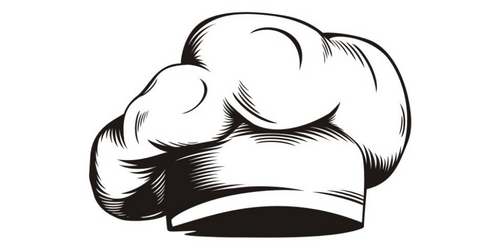
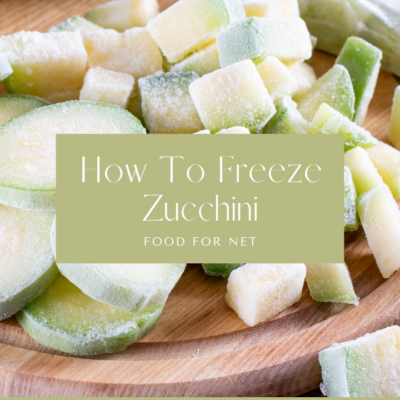

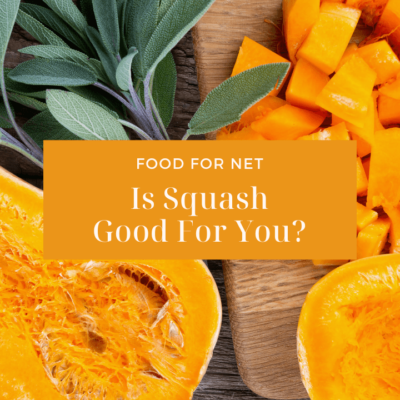
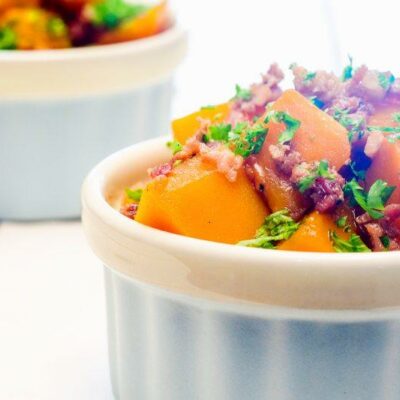

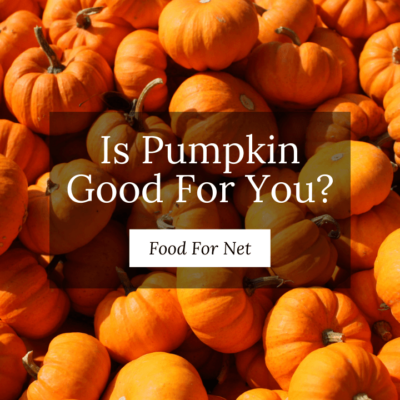

 20 Super Tasty Fermented Treats That Are Good For Your Gut
20 Super Tasty Fermented Treats That Are Good For Your Gut
I have a Gourd or squash that i was given the seeds at a plant show. I was told it was rare and edible. And i cannot find it anywhere. It is large and green like a watermelon but is tapered at the stem end. It has white flowers and broad leaves. Do you know what this is ?